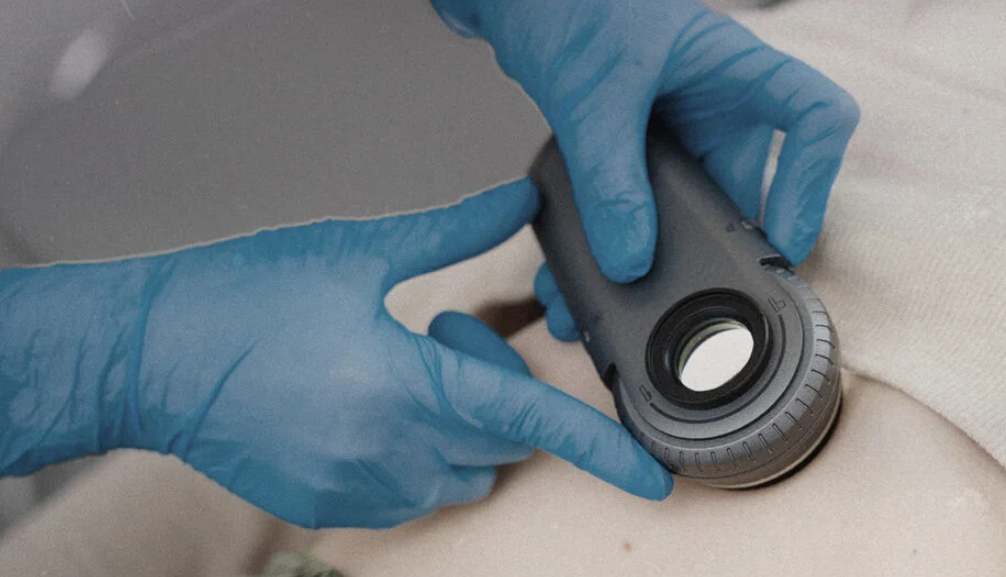
Skin Cancer Screening & Treatments
Basal Cell Carcinoma (BCC)
Basal cell carcinoma (BCC) is the most common form of skin cancer, typically arising in areas of the skin that have been chronically exposed to the sun, such as the face, head, neck, and upper body. It often appears as a shiny non-healing bump that may bleed or develop a crust. BCC grows slowly and rarely spreads to other parts of the body, but if left untreated, it can invade nearby tissues and cause disfigurement. Chronic sun exposure, along with factors such as fair skin, a history of sunburns, and a family history of skin cancer, increases the risk of developing BCC. Treatment for basal cell carcinoma usually involves surgical removal of the tumor.
Squamous Cell Carcinoma (SCC)
Squamous cell carcinoma (SCC) is the second-most common form of skin cancer. It typically presents as a firm, pink bump or a flat, scaly lesion with a crust, often occurring on sun-exposed areas such as the face, ears, neck, hands, and arms. While chronic sun exposure is a major risk factor for SCC, other factors like age, fair skin, a history of radiation therapy, and a weakened immune system also increase susceptibility. Unlike basal cell carcinoma, SCC can metastasize and spread to other parts of the body if left untreated, although this is relatively uncommon. Treatment for squamous cell carcinoma usually involves surgical excision.
Melanoma
Melanoma is a serious form of skin cancer that develops from melanocytes, the cells responsible for producing the pigment that gives skin its color. It often appears as a new mole or a change in an existing mole, characterized by asymmetry, irregular borders, multiple colors, a large diameter, and evolving in size, shape, or color. Melanoma can occur anywhere on the body, including areas not exposed to the sun, such as the bottom of the feet. It has the potential to spread to other parts of the body, making early detection and treatment extremely critical. Risk factors for melanoma include intense or intermittent sun exposure, a history of sunburns, fair skin, numerous moles, a family history of melanoma, and a weakened immune system. Treatment for melanoma typically involves surgical removal of the tumor, with additional therapies such as chemotherapy, immunotherapy, targeted therapy, or radiation therapy used in more advanced cases. Regular skin checks, sun protection measures, and awareness of changes in moles are essential in preventing and detecting melanoma at its earliest, most treatable stages.
Most Common Treatment: Surgical Excision
Surgical excision is the primary treatment option for removing skin cancer, particularly basal cell carcinoma, squamous cell carcinoma, and melanoma. The procedure involves cutting out the cancerous tissue along with a margin of healthy skin to ensure complete removal of cancer cells. This margin may vary depending on the type, size, and location of the tumor. After the tumor is excised, the wound is typically closed with stitches, and the removed tissue is sent to a pathology lab for examination to confirm complete removal and assess for any signs of spread. Surgical excision offers high cure rates for early-stage skin cancers and is often followed by regular monitoring to detect any signs of recurrence or new lesions.
